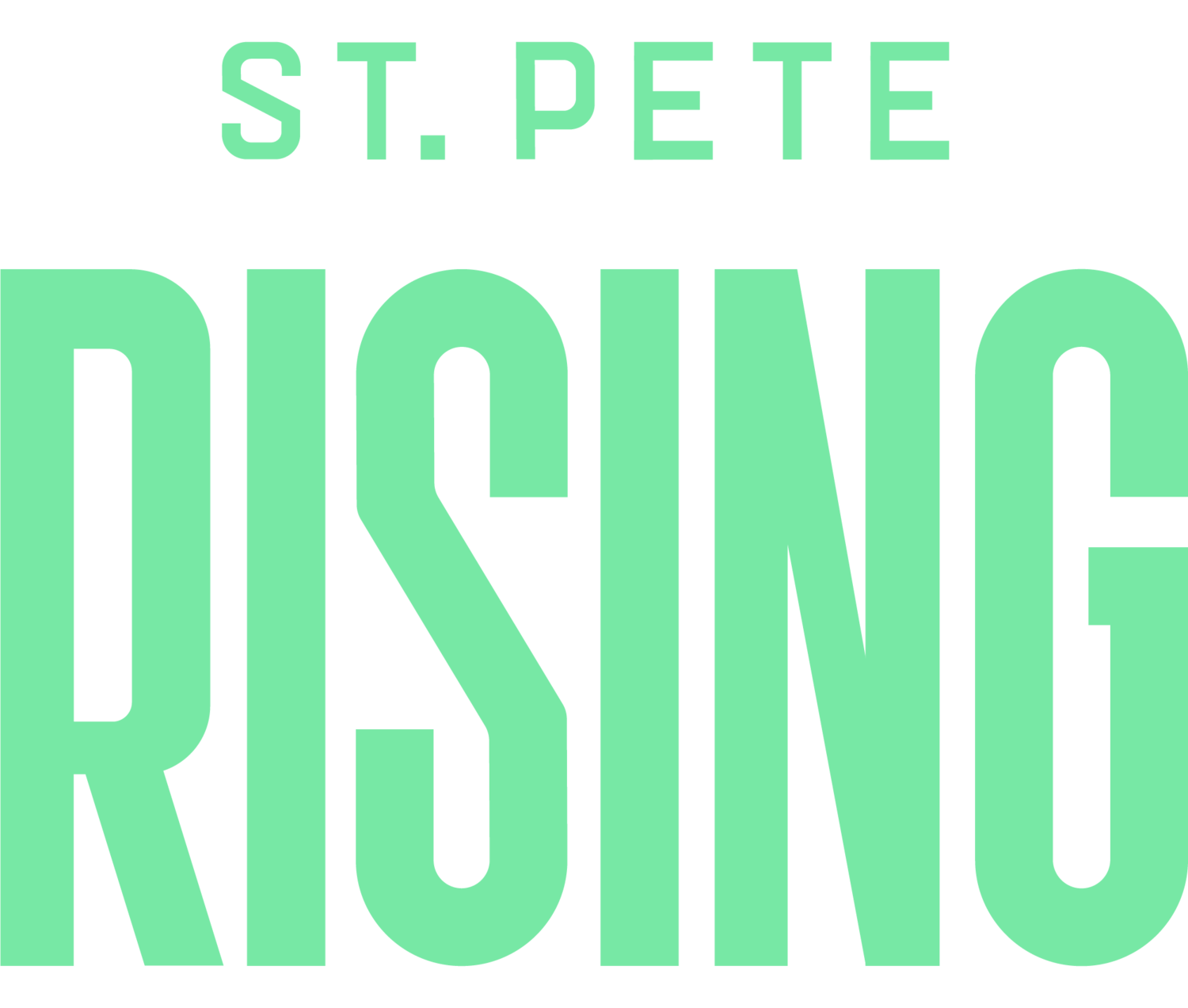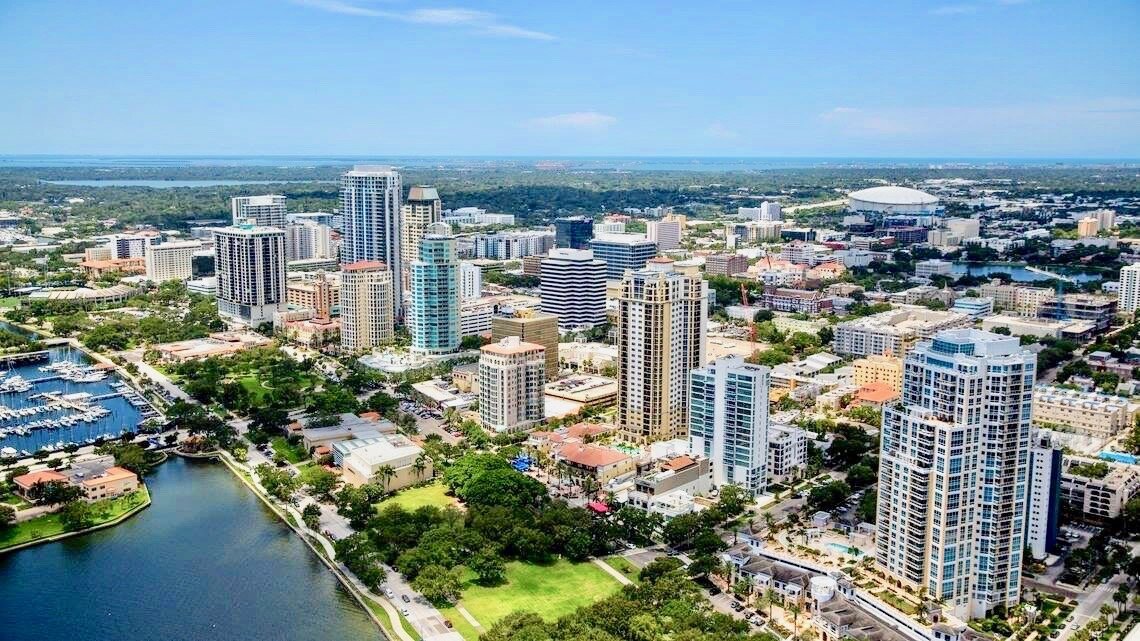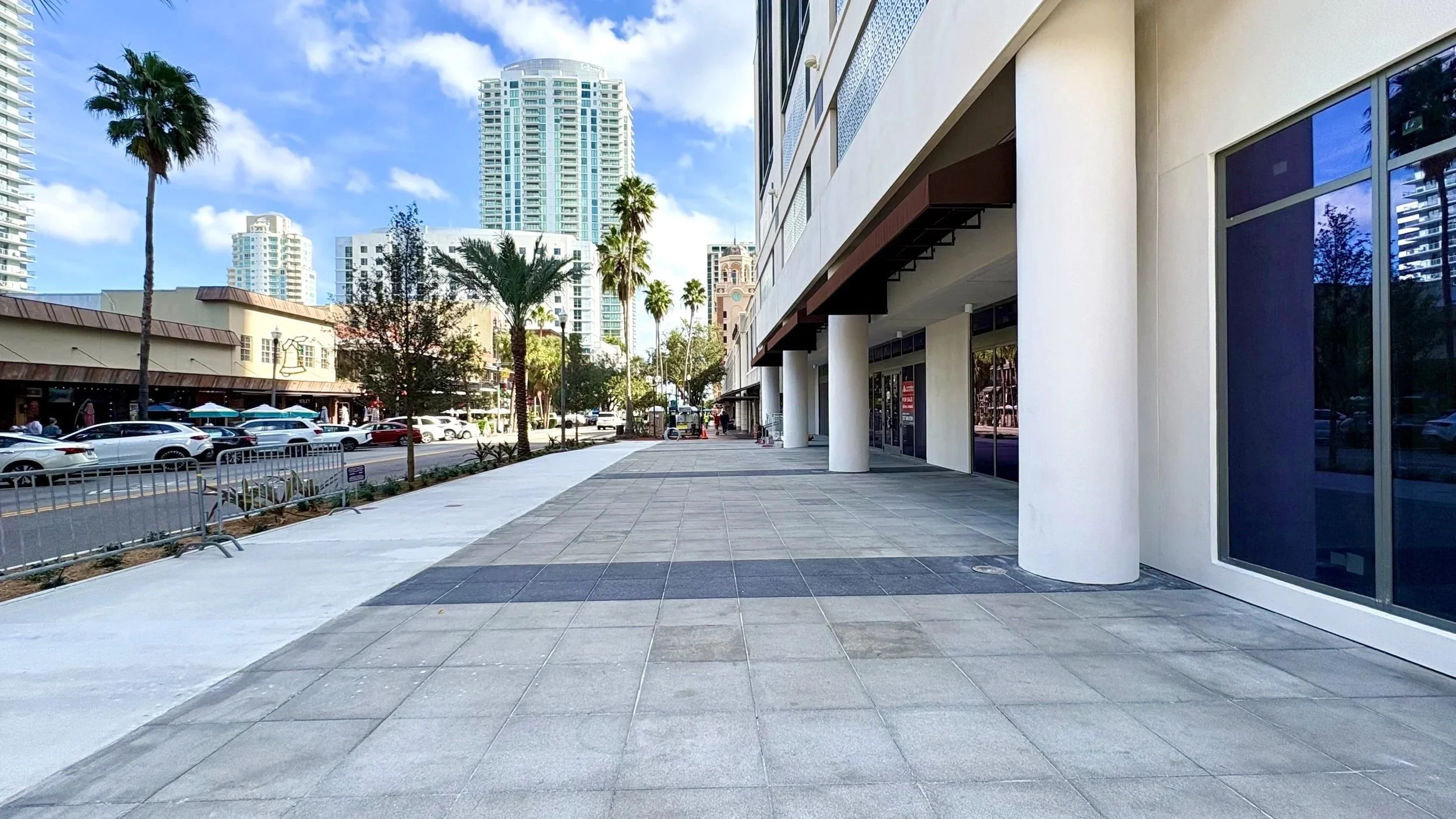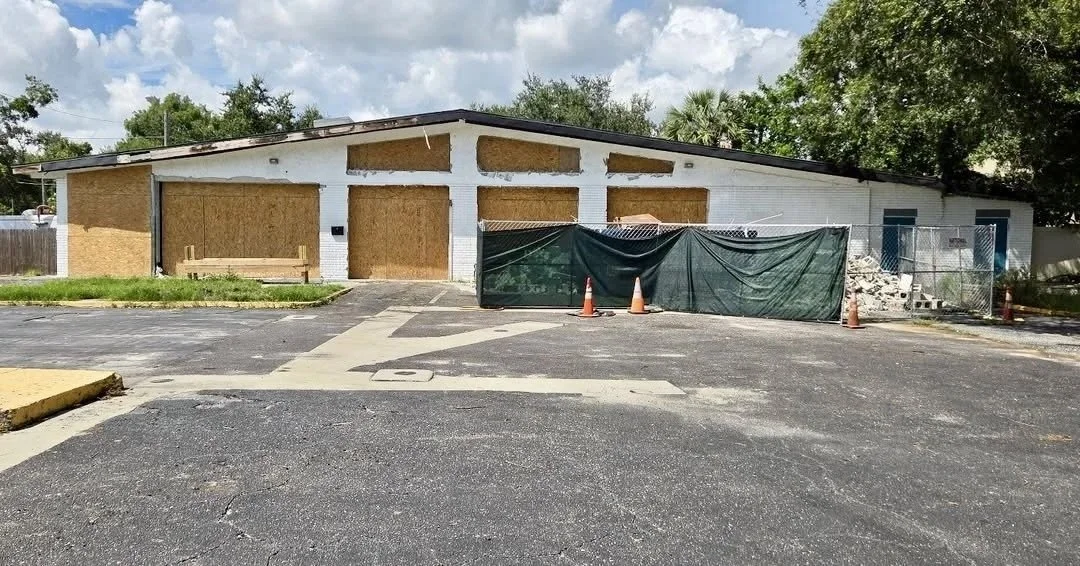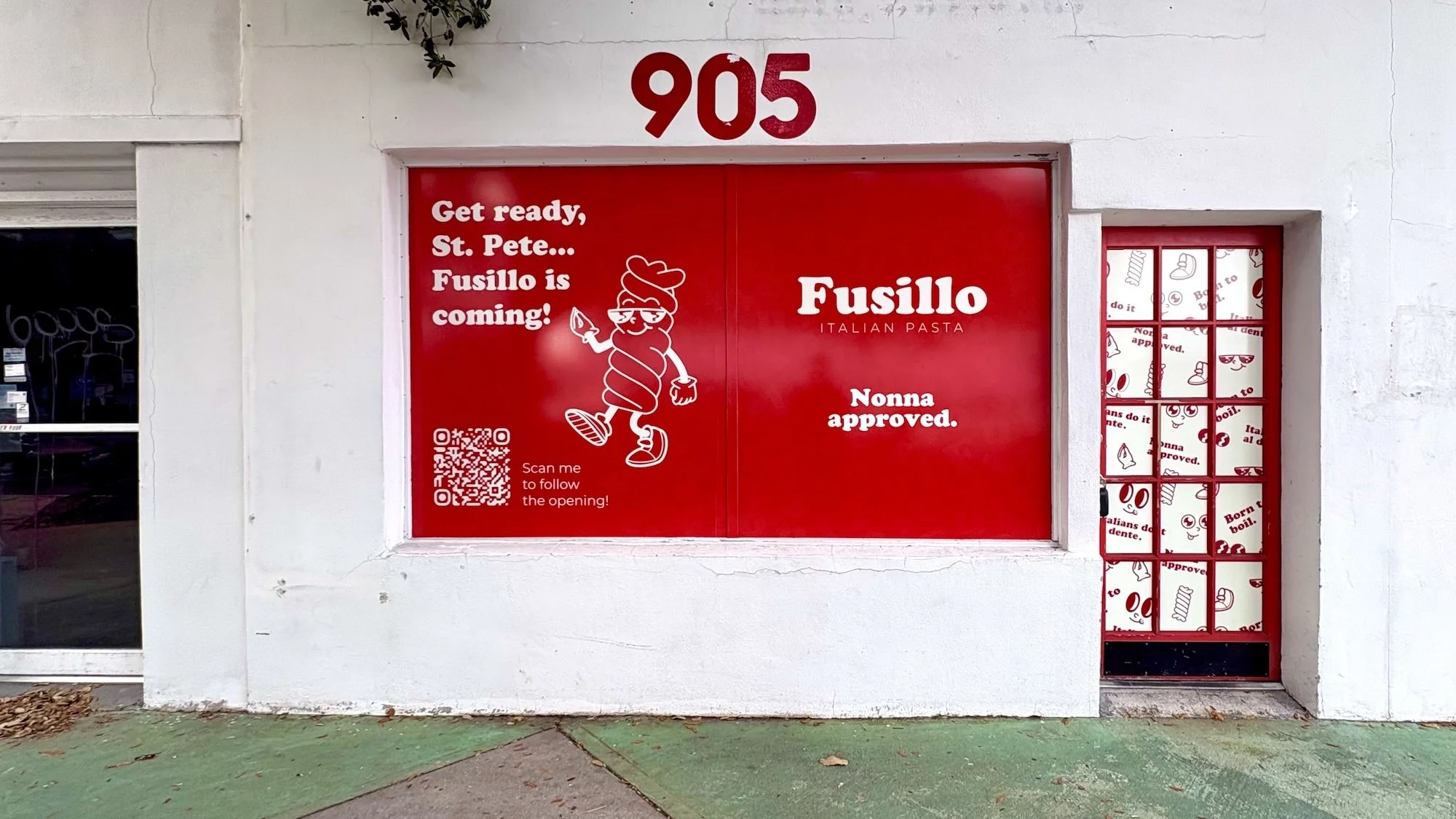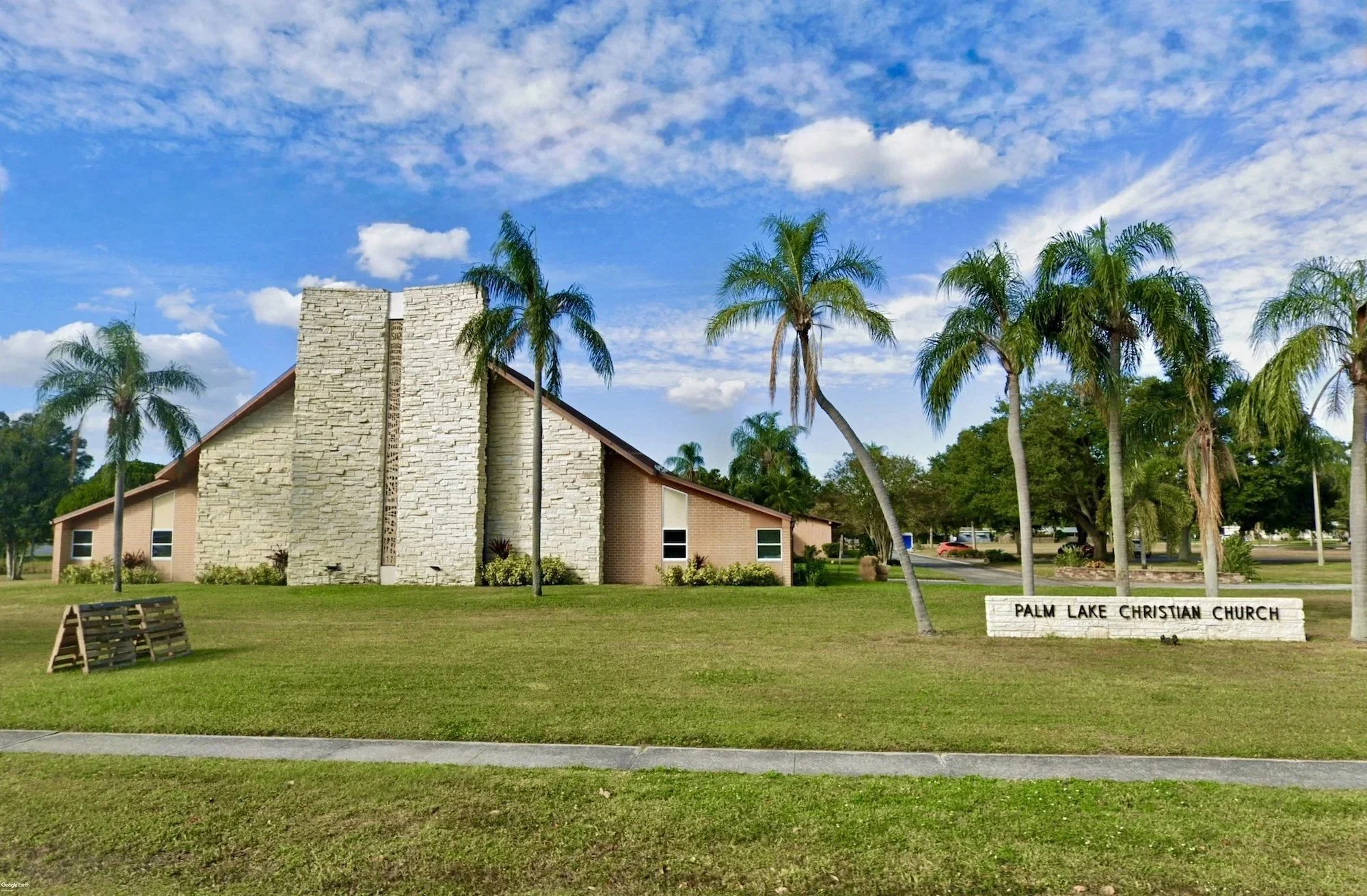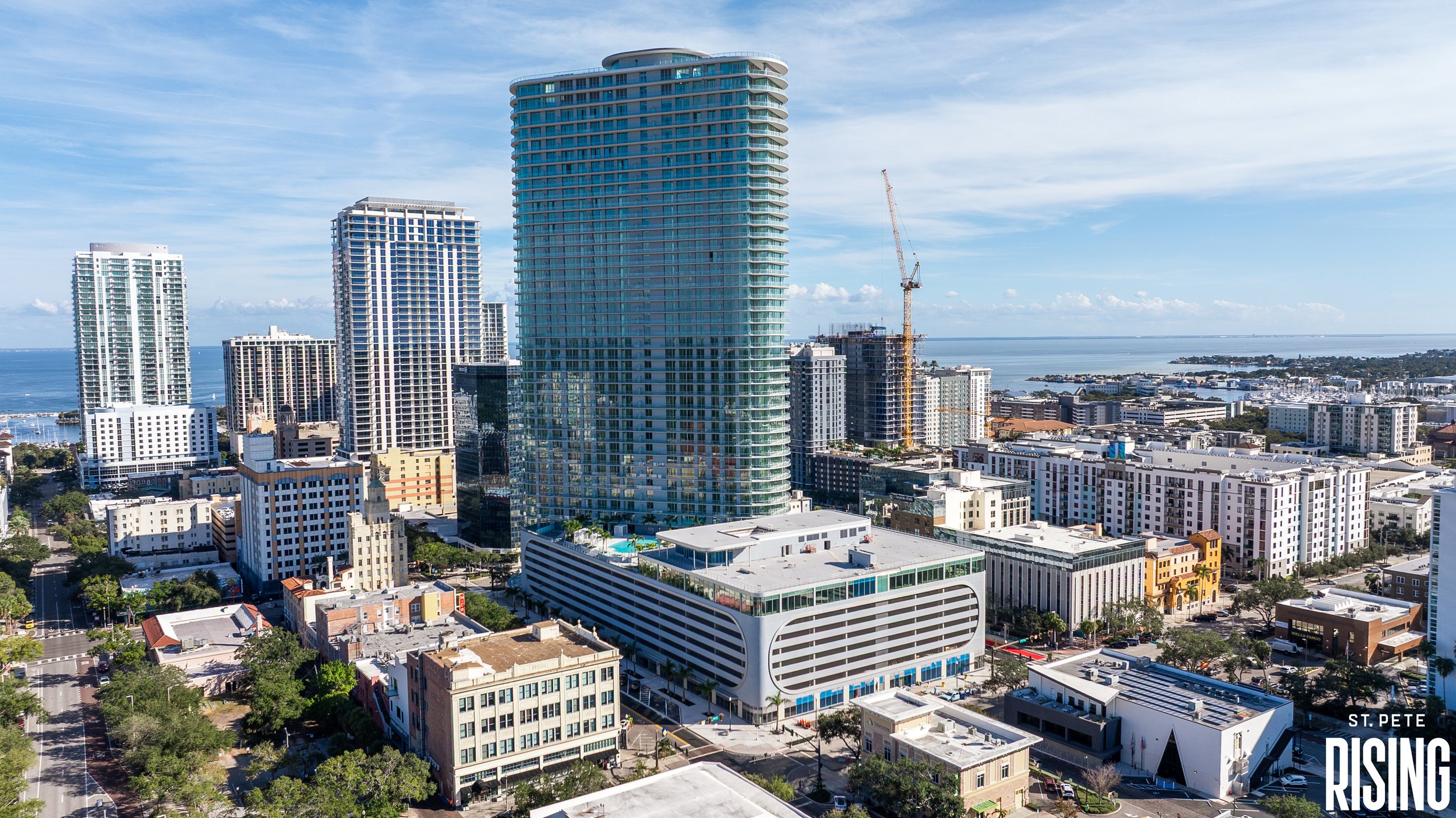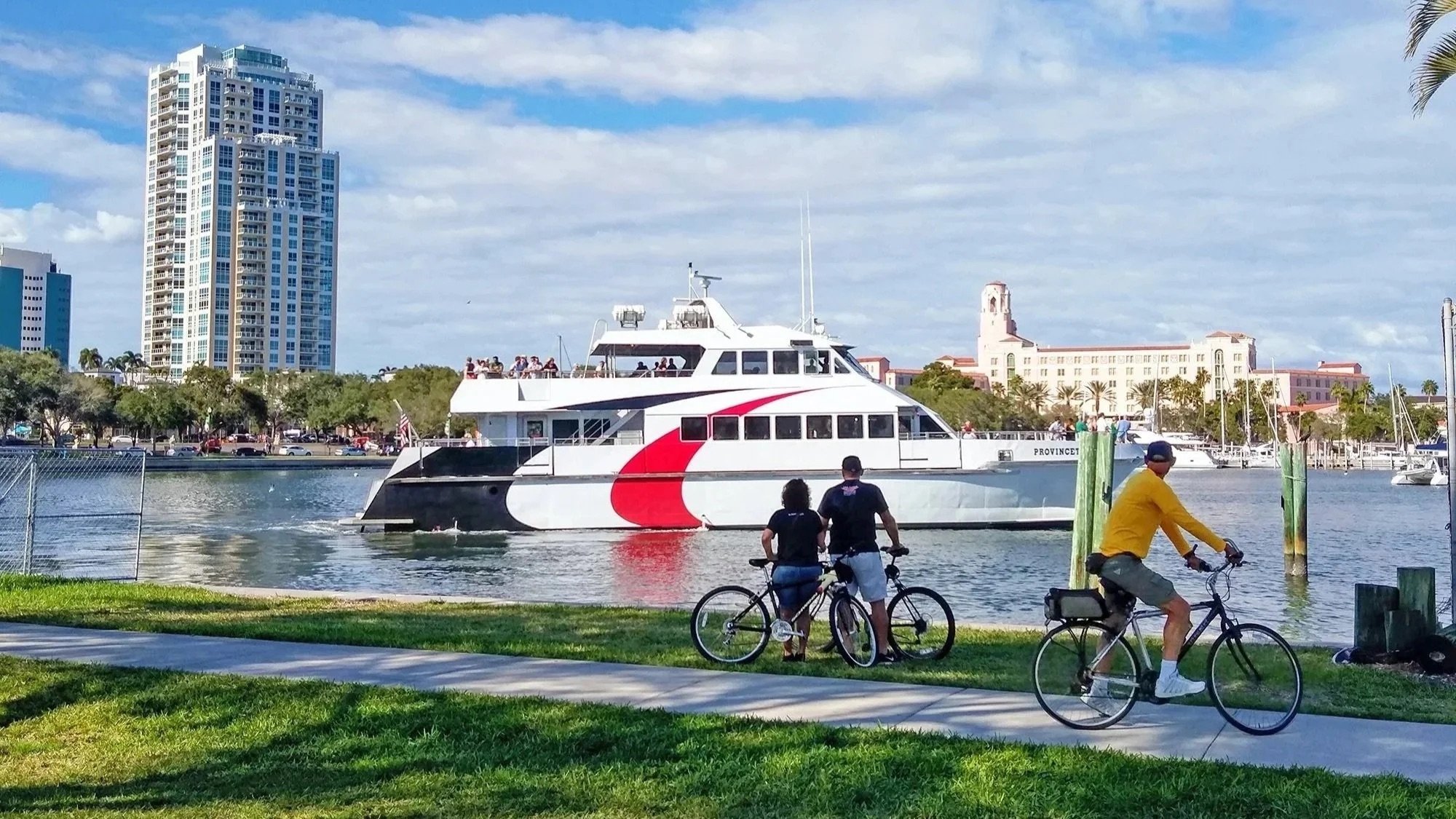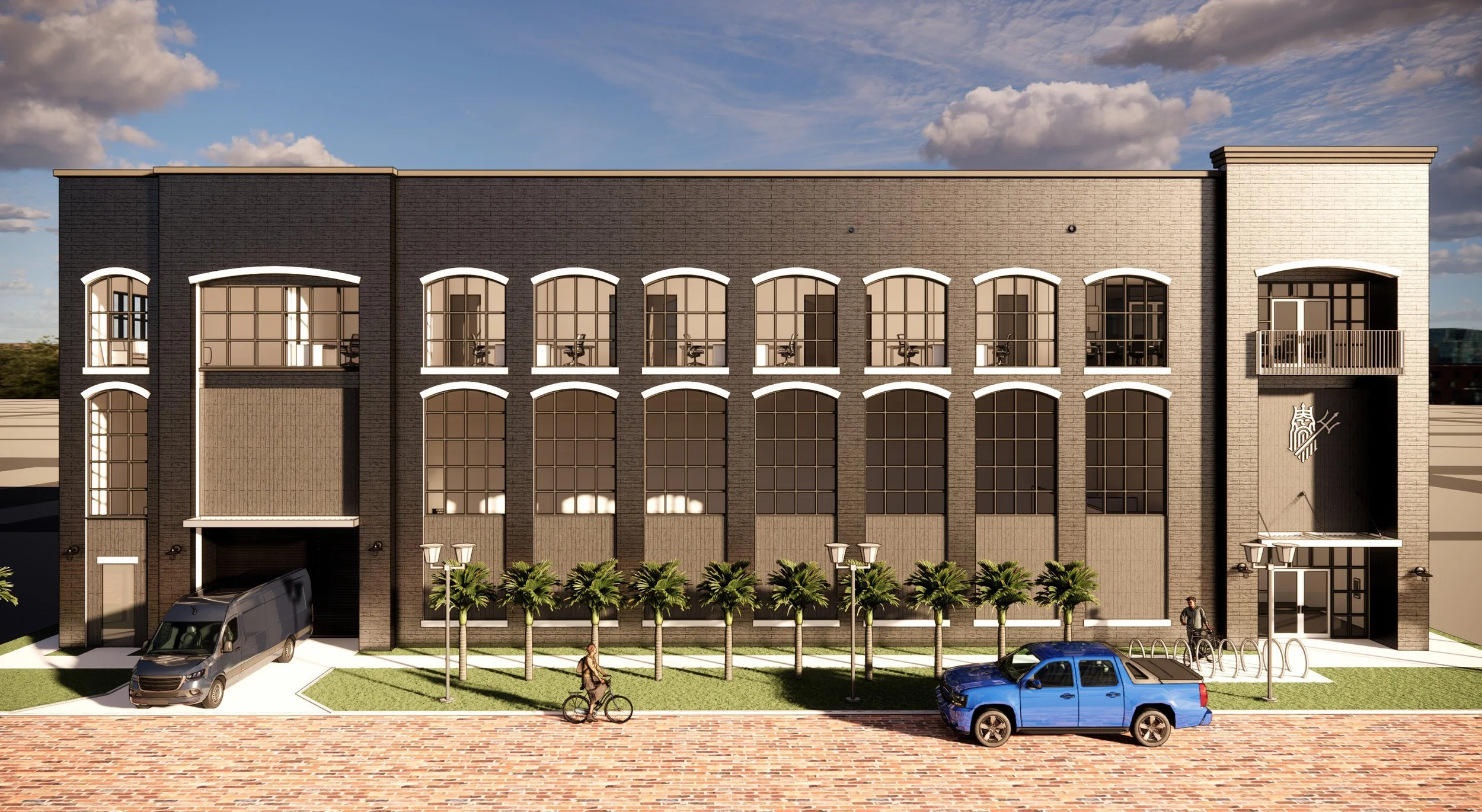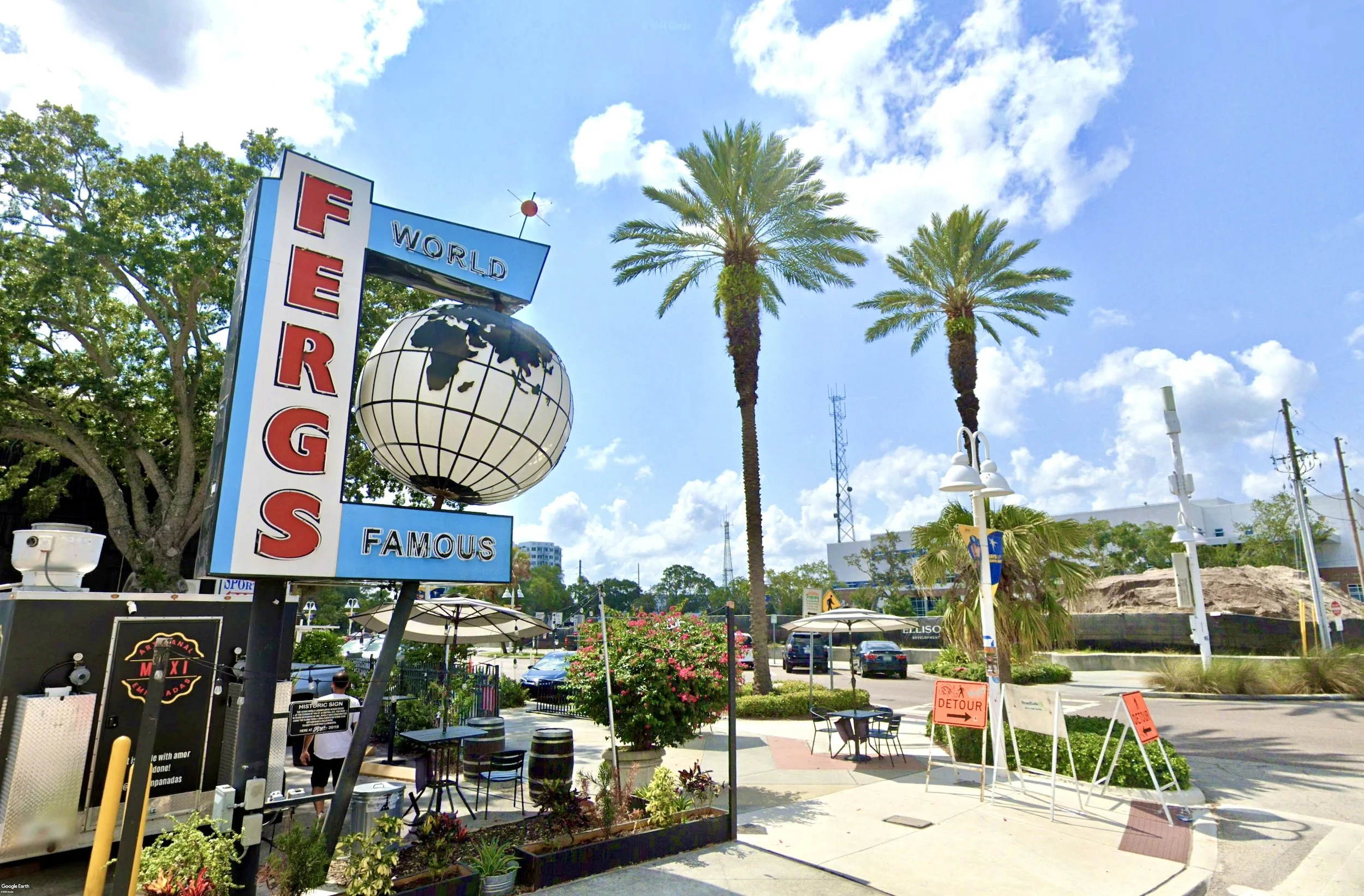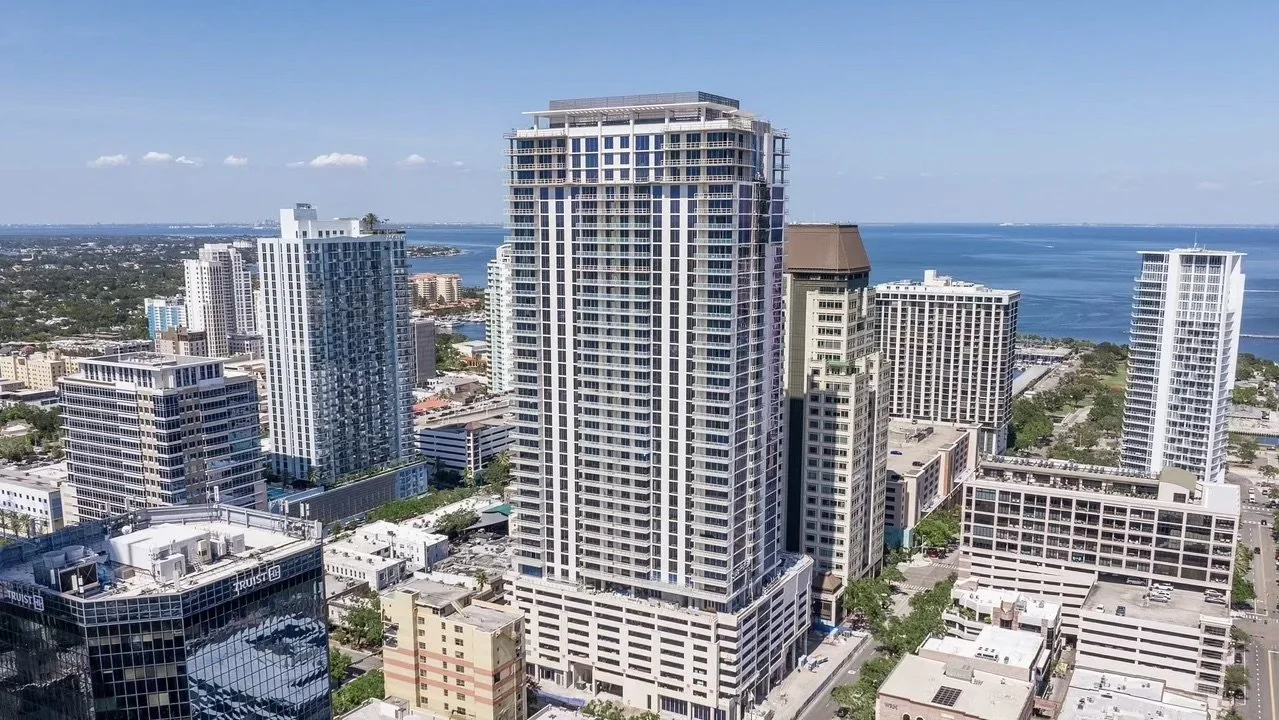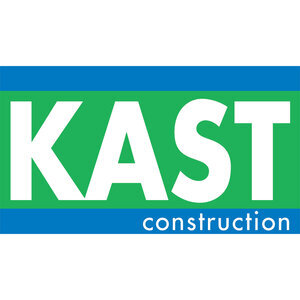World’s largest 3D-printing facility opens in St. Pete, powered by AI and robots
/One of the 3d-printing robots inside the haddy facility | st. pete rising
Inside a 32,000-square-foot industrial facility north of St. Pete’s EDGE District, towering crane-like robots are 3D printing everything from chairs to cold plunge tubs—all using sustainable, recyclable materials.
Haddy, a 3D-printed furniture company powered by artificial intelligence and machine learning, has officially opened its new micro-factory at 251 10th Street North. It is now the largest 3D-printing facility in the world based on total throughput and machine count.
"We will have micro-facilities all over the world," said CEO Jay Rogers during the April 10th grand opening, joined by partners from Siemens AG and CEAD, a Netherlands-based tech company revolutionizing large-scale composite manufacturing.
Rogers, a Marine Corps veteran, co-founded Haddy in 2022 with CTO Kyle Rowe. Before relocating, the company operated out of a 20,000-square-foot space in St. Pete’s Warehouse Arts District.
The new facility, formerly home to Mayflower Transit moving company, is owned by Rick Leonard—President of Bradenton-based Sunz Insurance—and Eastman Equity, run by prominent investor Jonathan Daou.
The 3d-printed seats and planters in the showroom area of the new facility | st. pete rising
Cushman & Wakefield Executive Director Wendy Giffin represented Haddy in securing the long-term lease.
Today, the facility’s north bay houses a fleet of robots—Ada, Bumblebee, Clio, Dali, Edison, and Fibonacci—actively 3D printing furniture using melted materials repurposed from old fishing nets and plastics.
Recently, Haddy produced the area’s first 3D-printed coffee bar for Paradeco Coffee Roasters at St. Pete’s SkyBeach Resort.
The company has secured deals with major retailers and independent buyers alike, manufacturing modern, chic chairs, tables, planters, and more.
Haddy’s robots | st. pete rising
"The idea of Haddy came to me in 1995 when I first read about what could be done with an internet-powered machine," Rogers shared.
He emphasized the rapid evolution of AI, referencing ChatGPT's ability to tokenize language, and how the next wave of innovation will focus on robotics.
"These robots can observe their actions, learn from them, and become smarter through various AI agents," he explained.
Haddy’s “human” team in St. Pete consists of a small group of engineers, designers, and programmers.
Mayor Ken Welch praised the company, stating, "Haddy’s growth and expansion is a clear representation of the spirit of St. Pete—the spirit of innovation, perseverance, and creativity that truly defines our city."
An outdoor area showcases the 3d-printed cold plunges and outdoor planters | st. pete rising
Rogers also emphasized how Haddy’s micro-factory model can serve as a blueprint for other tech-driven manufacturers aiming to strengthen local economies and navigate shifting political and economic landscapes—particularly by avoiding international tariffs.
"The stock market updraft happened in 1995. The downdraft comes when we try to bring it back—and the real work is done by companies like this, making it possible," Rogers said.
Before founding Haddy, Rogers launched Local Motors, a motor vehicle manufacturing company that created the Strati—the world’s first 3D-printed electric car.
Follow Haddy on Instagram for updates on their latest products and upcoming micro-factory launches.
